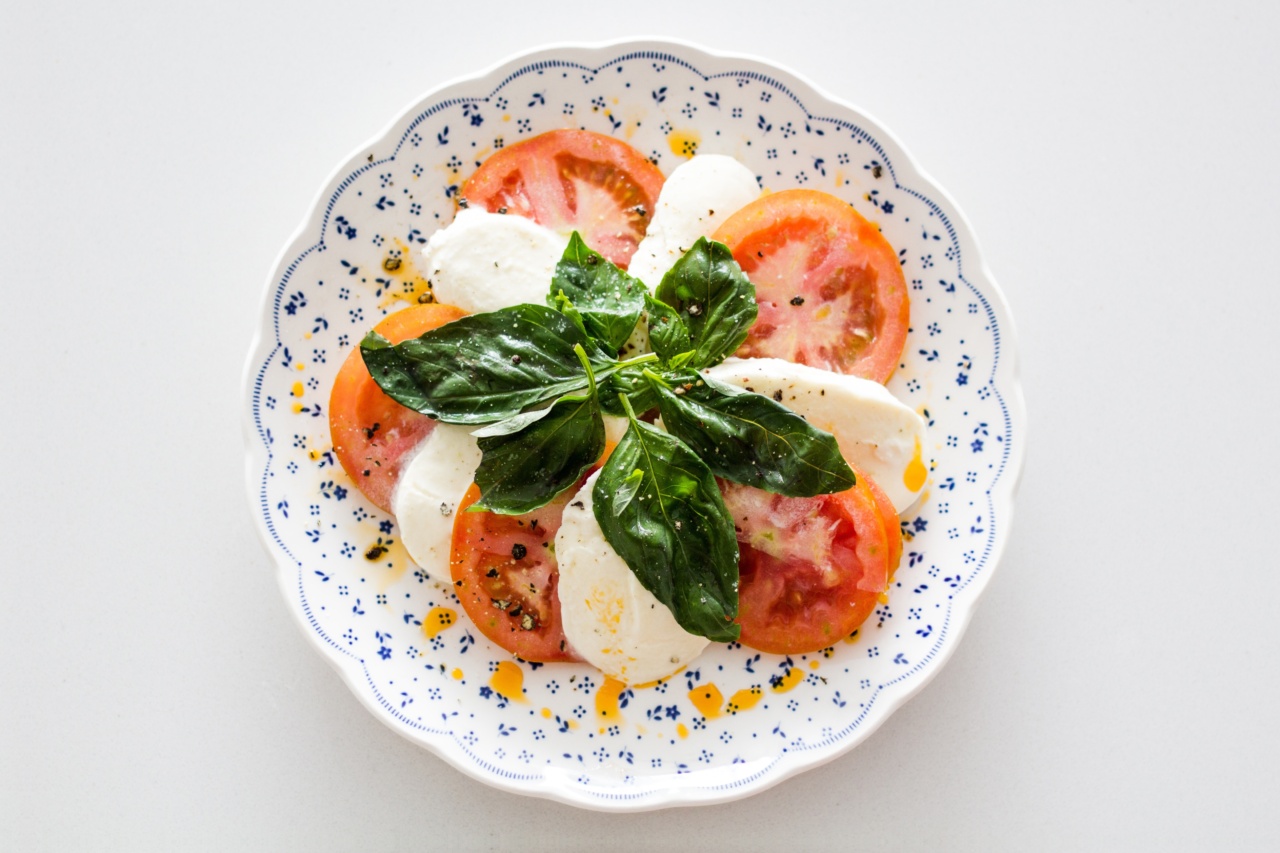Adopting a healthy diet doesn’t have to break the bank. It is possible to lose weight and improve one’s health without spending a fortune on food.
By making smart choices and getting creative with meal planning, it’s easy to follow a nutritious diet that leaves your wallet lighter, not your body. In this article, we’ll outline ways to eat healthily on a budget.
Plan Your Meals
Meal planning is an essential component of healthy eating on a budget. Start by deciding on the number of meals you want to prepare in advance.
For example, planning and cooking six individual meals on Sunday to eat throughout the week can save both time and money. When planning your meals, aim for a good balance of protein, carbohydrates, and healthy fats.
Buy In Bulk
Buying in bulk is an effective way to cut down on the amount you spend on groceries while still being able to purchase healthy food items.
Staples such as rice, dry beans, lentils, and oats can be purchased in bulk for significantly less than their pre-packaged counterparts. You can also buy fruits, vegetables, and meat in bulk when they’re in season, saving you even more money.
Shop Seasonally
Buying produce that’s in-season is less expensive than purchasing out-of-season items. By buying fruits and vegetables when they’re in abundance, you can save money and still enjoy a wide variety of healthy foods.
Additionally, canned and frozen fruits and vegetables can be a cost-effective alternative to fresh produce when they are not readily available.
Focus on Protein
Protein is an essential component of a healthy diet, but it can be expensive. However, there are some less expensive protein sources that you can add to your diet. Try eggs, canned tuna, beans, and lentils.
These affordable sources of protein can be incorporated into a variety of healthy meals while keeping your grocery bill in check.
Cook at Home
One of the best ways to save money while maintaining a healthy diet is to cook food at home. When you cook your food, you have complete control over the ingredients you use.
Cooking at home also ensures that your meals are healthy, well-balanced, and free from added sugar, salt, and preservatives.
Avoid Processed Foods
Processed foods generally contain less nutrients than whole foods and tend to be more expensive. Eliminating processed foods will not only improve your health but also help you save money.
Instead, opt for fresh or frozen fruits and vegetables, whole grains, and lean protein sources like chicken, fish, and tofu.
Grow Your Own Food
Another way to save money on healthy food is to grow your own produce. If you have the space for a garden, this can be an excellent way to have fresh, organic produce available at a low cost.
Additionally, you can start small with easy-to-grow herbs, such as basil and parsley, which can be grown on a windowsill.
Use Coupons and Discounts
Using coupons and taking advantage of grocery store discounts can save you significant amounts of money. Many grocery stores offer a rewards program and coupons that can help you save money on groceries.
Additionally, purchasing store-brand items instead of name brand can help you save money while still providing you with nutritious food.
Plan for Leftovers
Leftovers can help to stretch your food budget. When planning your meals, consider making enough food for leftovers that you can eat for lunch or dinner.
You can also freeze leftovers for future meals, which can help you save time and money in the long run.
Invest in Basic Tools
Investing in a few basic kitchen tools can help you prepare meals quickly and easily. Having a good quality knife, a cutting board, and a few pots and pans can make a big difference when it comes to meal preparation.
Additionally, investing in a slow cooker can make it easy to prepare meals in advance and can save you time and money in the long run.
Conclusion
Healthy eating doesn’t have to be expensive.
By planning your meals, buying in bulk and seasonally, focusing on protein, cooking at home, avoiding processed foods, growing your own food, using coupons and discounts, planning for leftovers, and investing in basic tools, you can save money while still eating healthy. With a little bit of effort and creativity, you can make healthy eating a part of your lifestyle without breaking the bank.






























